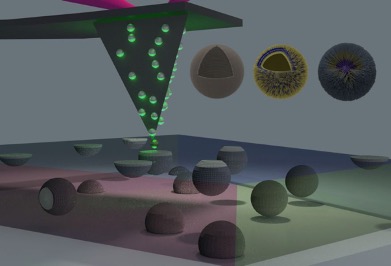
Leibniz Institute of Photonic Technology, Albert-Einstein-Str.9, 07745 Jena, Germany
Plasmon Enhanced Probe Spectroscopies – Structural Investigation of Nanoscale Objects
Plasmon enhanced spectroscopies, life for instance tip-enhanced Raman spectroscopy TERS (but also tip-enhanced infrared absorption) allow to address structural information of surfaces with extreme lateral resolution. While fundamental aspects regarding the resolution properties are of particular interest, here we will focus on practical applications from chemistry and biology where lateral resolution is required. It will be demonstrated, that the high resolution / high sensitivity comes at the cost of only a low penetration depth. Consequently, either sample preparation must be adapted or a combination of different tools must be utilized to gain a full picture regarding the composition of organic or biological nanoparticles. As particularly the very surface layer will determine the chemical and physical properties, this layer is often of particular interest. As an example, we will show how the composition of polymer-based core-shell nano particles intended for cancer treatment can be revealed by high resolution Raman spectroscopy. In this specific case the approach to distinct be-tween core and shell was via sample preparation, specifically via sectioning of embedded polymer particles. In order to speed up the TERS experiment we will also demonstrate that the experiments can be coupled with force distance map-ping experiments that can even provide information whether the upper or lower part of a nano particle was sectioned (see Figure 1). The results will indicate a lateral resolution in the nanometer region which is quite surprising for such an inhomogeneous material a s a polymer, however in-line with the current theory concerning the high-resolution capabilities of tip-enhanced Raman scattering.

References
[1] see for instance: M. Richard-Lacroix et al., Chem. Soc. Rev 46, 3922 (2017)


























